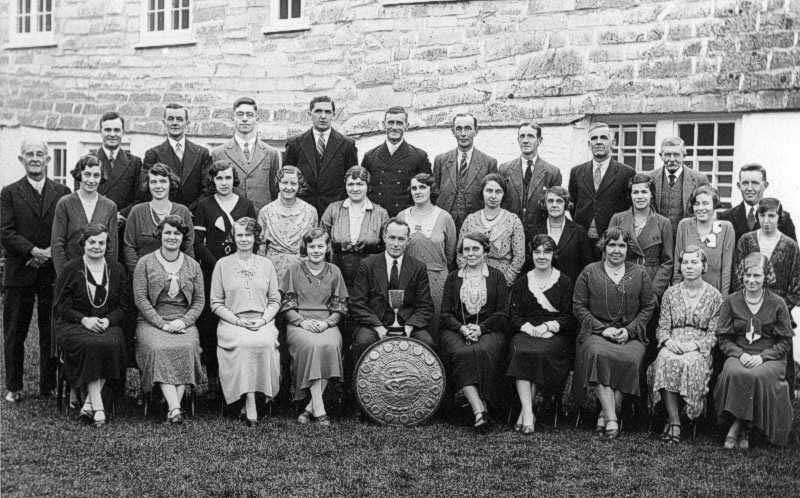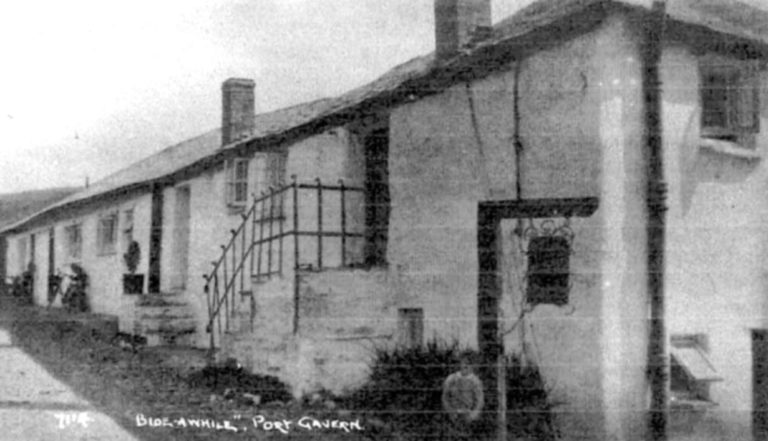The History of a Pilchard Palace - 1920 to 1957: Bide-A-While Hotel
With the post-war slump, it took some time to dispose of Mark Guy’s properties, but on 5th October 1920, the Liberty cellars had a new owner in the name of Rosina Mabel Ashton. The conveyance lists the vendors as Mary Anne Guy and Walter Ogilvie Wellington, a Wadebridge accountant (the executors and trustees of Mark Guy’s estate), with a price of £275, of which £150 was to go to the Oddfellows in part payment of the £535 outstanding from Mark Guy’s 1885 and 1890 loans, and the £125 residue to the vendors 8.
Mrs. Ashton was a primary school teacher from London who had inherited some money 9 and wanted to turn the Liberty cellars into a private hotel, which she called Bide-A-While. In the 1911 census she was listed as Mabel Ashton, a certificated school teacher, born in Plymouth. She lived with her husband Lionel, a bootmaker’s clerk, at 76 Elers Road, Ealing. He was born in Sleaford, Lincolnshire, and both were 33 years old. With them was her older sister Amelia Nelson (37) and Amelia’s 10-year-old daughter Winifred. During the First World War, Lionel was a Stoker 2nd Class in Drake Battalion of the Royal Naval Division. He died on 13th May 1915 from wounds received at Gallipoli in the Dardanelles Campaign 10. The Royal Naval Division was also known as ‘Winston’s Little Army’, formed at the direction of Winston Churchill then First Lord of the Admiralty. It was comprised wholly of sailors but they never fought on ships. Apart from Gallipoli, this division also fought in the Battle of the Somme. This article describes the horrendous conditions Drake Battalion faced in the Dardanelles – ‘26th April 1915 0800hrs The 1st Division, including the band as first aid party and stretcherbearers, went ashore as part of the Mediterranean Expeditionary Force in the Dardanelles. Drake Battalion formed up on the beach and in silence, marched in single file to a place on the cliffs about a mile away. It was very cold and little sleep was had. 27 April 1915. They were bombed by two Turkish planes but the bombing was not successful. The Turkish artillery was also shelling the position. There was no shelter for the men as orders had been given not to dig-in for fear of digging up dead men. Bodies were strewn all over the cliffs. 7th May 1915. Drake Battalion left for the trenches.’10 His wounds were undoubtedly received whilst lying exposed and under shellfire as the battalion was pinned down beneath the cliffs. His name is not in the Commonwealth War Graves records, so he probably died on a hospital ship and was buried at sea.
Two early pictures of Bide-A-While
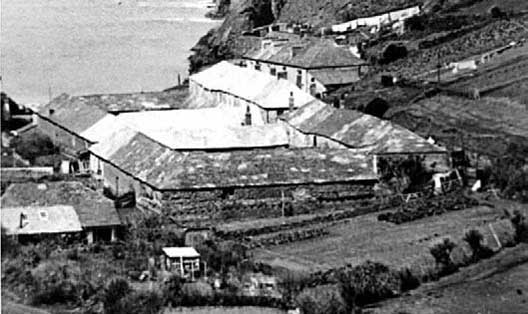
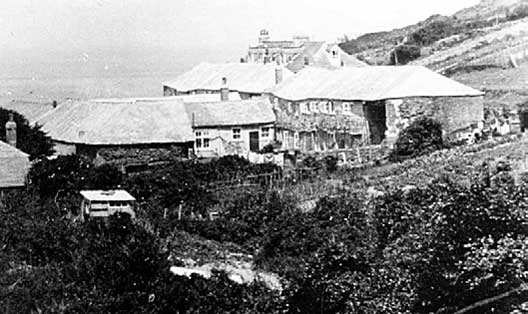
A study of photos from the 1920s shows the conversion was done over a number of years, with more being opened up over time. Old Jim (Uncle Jim) May told David Bolton that he was one of those who demolished the landward arm of the cellar around 1925, as Mrs Ashton wanted to bring more light into the courtyard 16.

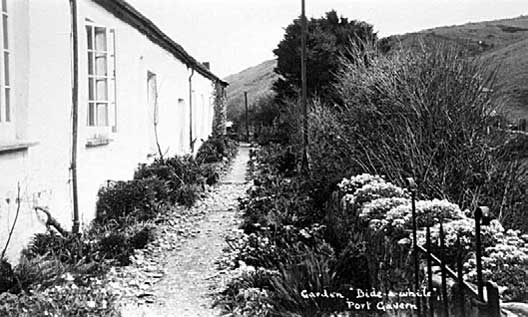
The original 1803 lease mentioned ‘use of water in common with adj. tenants’ which may have meant use of the stream, as a fish cellar would have needed water for cleaning the fish prior to packing in barrels. The 1920 conveyance includes this clause ‘together with the right in common with all others who have or may hereafter have the like right to the use of the Well situate on the south western side of Rashleigh Cellars and shown on the said plan with access thereto’ 8. Whether or not it was one of the early rights, it must have become common practice for those living in the Liberty cellar to get their water from here. Mains water did not reach this part of Cornwall for another decade, so everyone needed an assured supply of this essential commodity. The right to use the well is included in the current land registry papers (Title number CL268178), although anyone visiting the Rashleigh cellar now in the hope of quenching their thirst would have to dig it out first!
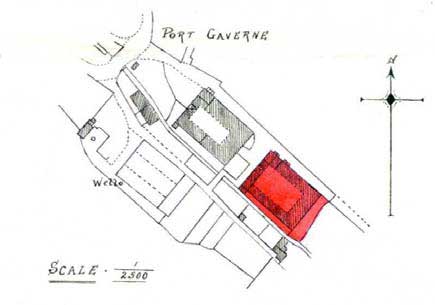
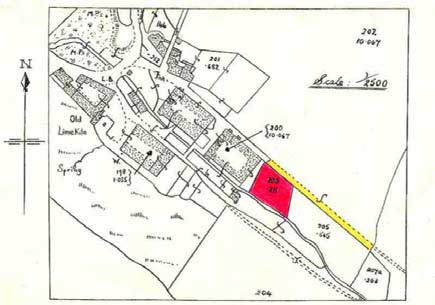
On 6th June 1939, Mrs Ashton purchased the field behind Bide-A-While from Bessie Steer for £90. The conveyance included ‘a right of way and passage for the Purchaser and her successors in title owner and owner occupier and occupiers of the premises hereby conveyed in common with all others entitled thereto at all times and for all purposes connected with her and their user and enjoyment of the premises hereby conveyed and every part thereof and with or without horses carts carriages and vehicles of all kinds and cattle over and along the strip of land coloured yellow on the said plan to and from the premises hereby conveyed’ 8. Should any occupier of Gullrock wish to take a herd of cattle towards Brooklands Farm and bring them back, this right is still included in those land registry papers.
Mrs Ashton was a lover of music and became an active member of the Port Isaac Choral Society when it was formed in 1930 to raise money to help build the Port Isaac breakwaters. In 1935 the choral society won the music shield in the annual County Music Festival, and all the members were photographed in the Bide-A-While courtyard, proudly displaying their trophy. Some 60 years later when the Port Isaac Chorale won that same shield, the earlier photograph was recreated in the garden of Gullrock.
